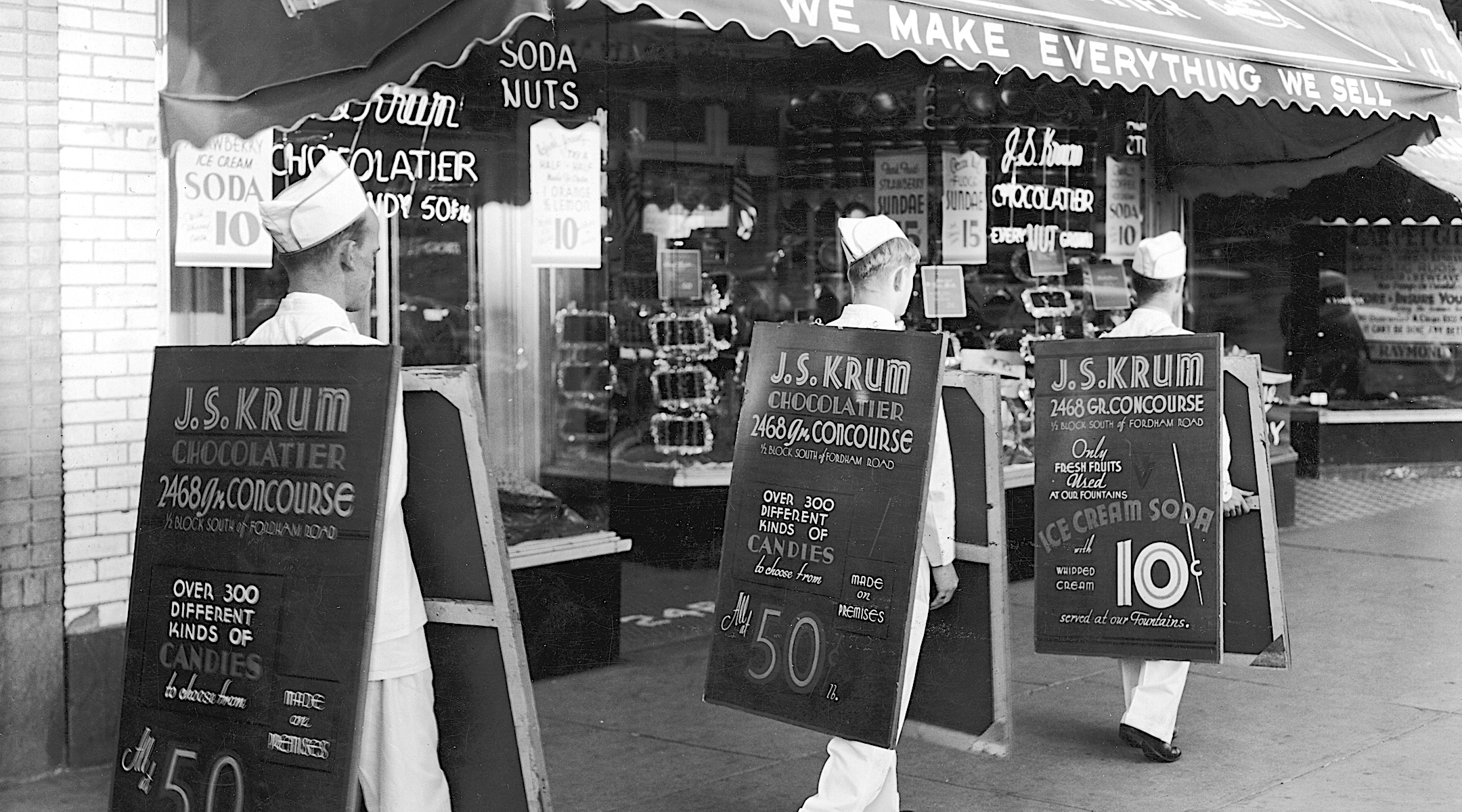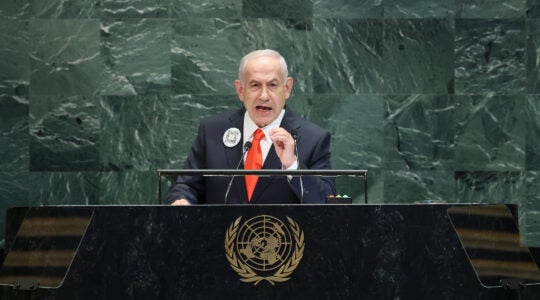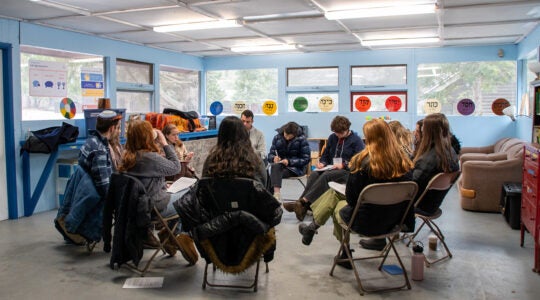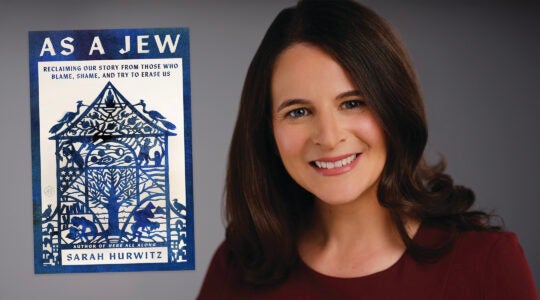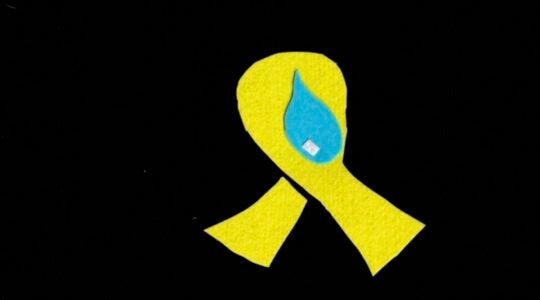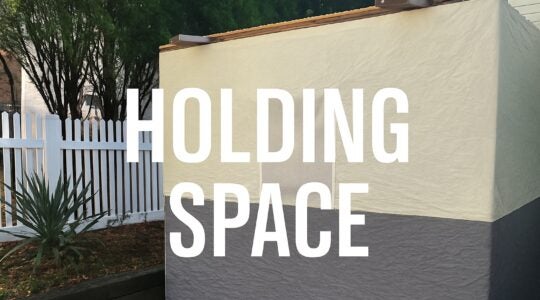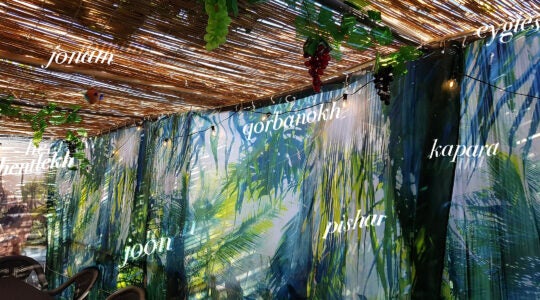In 1930, the Bronx was 50% Jewish. It’s a statistic that always surprises me, partly because the intense Jewish nostalgia over the Lower East Side and Brooklyn overshadows the Bronx, and partly because, unlike the Lower East Side and Brooklyn, there are many fewer Jews still living there or active remnants of the borough’s Jewish heyday.
In “Paradise Bronx,” Ian Frazier’s new and moving history of the borough, that heyday fell “approximately between the arrival of paving in the 1910s and the completion of the Cross Bronx Expressway in 1963,” which carved a canyon through the heart of the Bronx’s vibrant if by-then struggling ethnic communities. A building boom in the 1910s and ’20s held down rents and boosted more than half a million Jews up another rung on the ladder. If they didn’t have jobs in the Garment District they opened small businesses in the ground floors of the new buildings. They built “splendid synagogues,” writes Frazier, “in architectural styles previously never seen in these regions.”
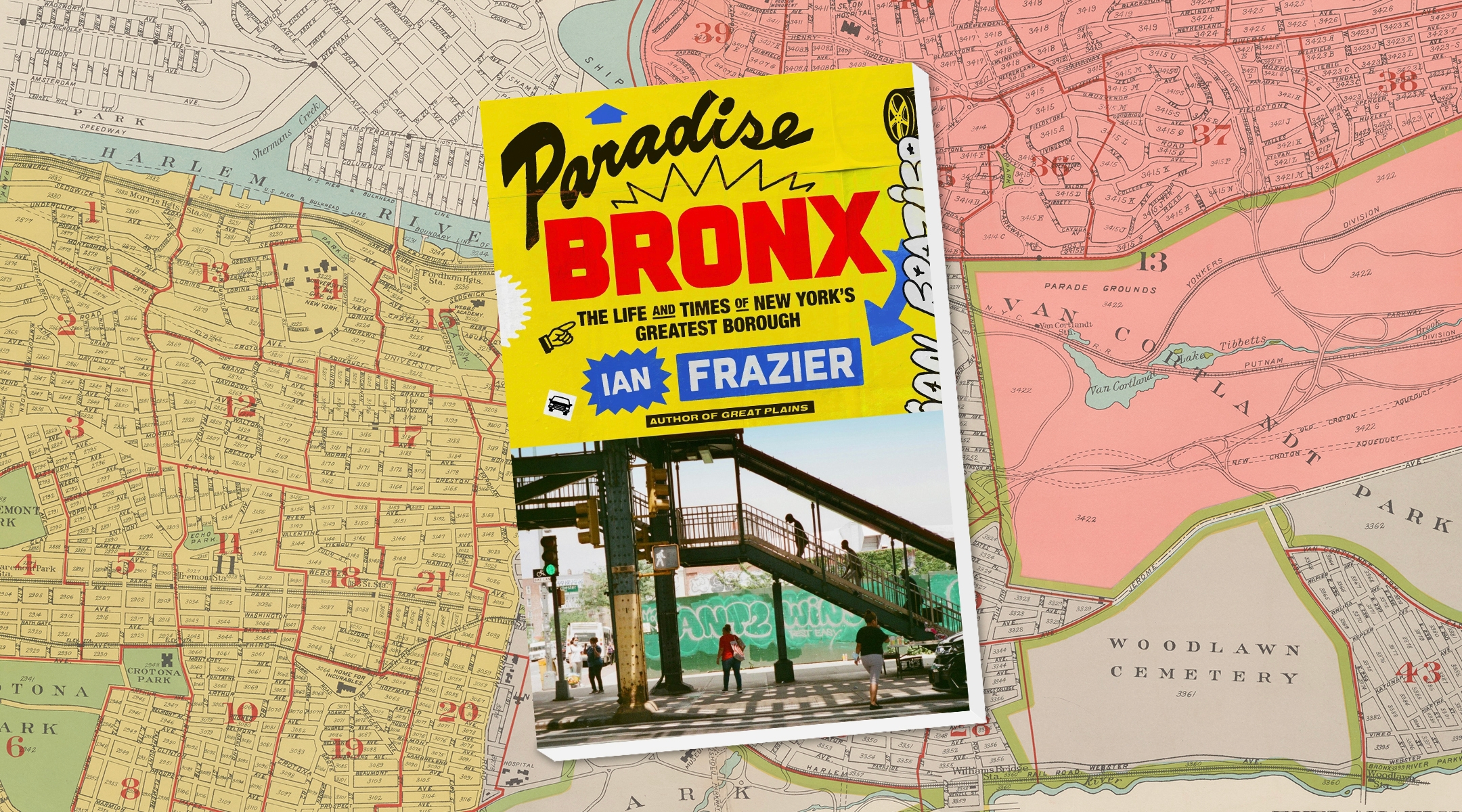
Ian Frazier’s new history of The Bronx is a celebration of what cities can be, and an indictment of the political and economic actors who too often aid and abet their demise. (Farrar, Straus and Giroux)
This was the era of “the front-stoop Bronx,” where “neighbors sat outside in the evenings and kids played games in the street.” Families paraded on the Grand Concourse, the borough’s Champs-Élysées, catching a movie at Loew’s Paradise Theater or the Ascot, sipping sodas at Krum’s, or gathering outside the synagogues on Shabbat and holidays.
The Jewish communities he describes are almost unrecognizable from the ones we know today. Many of the Bronx’s Jews were not just liberals but leftists, leading rent strikes against greedy landlords. There were machers, of course, but most of the Jews were working- and middle-class, and it was their kids who would go on to become professionals and writers, academics and money managers.
Frazier is my favorite New Yorker writer, and journalism’s greatest enthusiast. He seems to have walked every block of the borough in the decade he wrote the book, and talked to nearly all of its 1.4 million residents. Jews play only a small part in the book, which traces the Bronx’s history from the Colonial era through its decline and recovery over the past 60 years. The book is a celebration of what cities can be, and an indictment of the political and economic actors who too often aid and abet their demise.
And it is a gentle reminder to cool it with the nostalgia. At least in the memories of the second- and third-generation Jewish children who grew up there, it was a place to leave behind — a reminder that a parent’s “paradise” can be a child’s purgatory. “It was the bleakness of expectation, the stultified vision and resented courage, that dragged us — the children — down, and made us hate the place,” the writer Vivian Gornick wrote in a 2001 New York Times essay about growing up in the West Farms area:
Our longing to get out of the Bronx was intense, and it induced, paradoxically, a solidarity that many were to carry well into other lives: the inevitable mixed legacy of the ghetto. For that’s what the Bronx was for us: a working-class ghetto destined to be deserted by its young. By the time I graduated from college, nearly everyone I’d grown up with was gone, and the neighborhood itself was on its way down into the kind of urban defeat that has, over the last three decades, made headlines.
The cartoonist, screenwriter and playwright Jules Feiffer, who died last month at 95, grew up in the Soundview area. He also spoke about his reasons for leaving what he called a “prison,” from the bland food his mother overcooked to the conformist lessons imparted by his public school teachers. “All the kids I grew up with, everybody I knew, as poor as we were, all of us assumed we’d do well,” he told the Yiddish Book Center in 2017. “All of us assumed this was temporary and we’re going to find our way out of here [the Bronx] and we’re going to be an American, and we’ll be successful Americans and we’ll be part of that American dream, which was very important to us.”
And while Feiffer says he got a lot more out of the public library than the synagogue, he didn’t see leaving as an escape from being Jewish – but rather, from the insular, “oppressive” Jewishness he knew at home to the “smart-ass, funny, wise-guy” Jewishness he found in Manhattan. Leaving “was not at odds with being Jewish,” he said, but a rejection of “the notion of being a Bronx Jew.”
The Bronx, like its Jewish community, didn’t disappear, but became something new, first for the worse, then for the better. “The borough’s population is more than 85 percent Black and brown today,” writes Frazier. Thousands of buildings burned during the violence and municipal neglect of the 1960s and ’70s; heroic neighborhood associations and local activists led efforts to restore many of those burned-out blocks as havens for immigrants and the working class. Now when buildings are razed the culprit is less likely to be an arsonist or faulty wiring than a luxury developer.
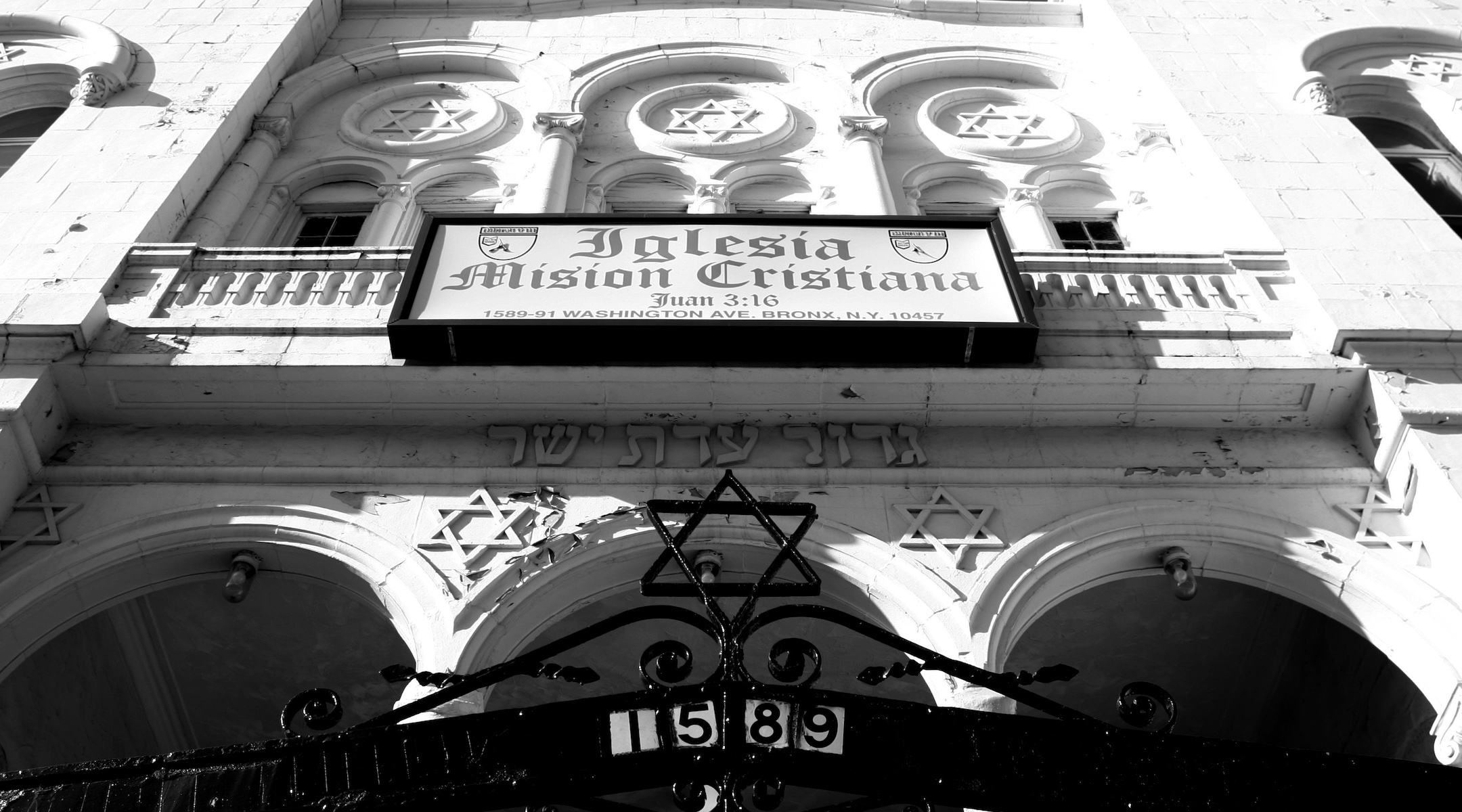
The former synagogue Beth Hamedrash Hagadol on Washington Ave. in the Bronx is now a church. (Julian Voloj, from “Remnants of the Jewish Bronx,” an exhibit at the Henry S. Miller Judaica Research room at Fordham University)
The Jews, meanwhile, did well indeed, building new communities in the suburbs, or modern-day “front-stoop” neighborhoods like the Upper West Side and Park Slope in Brooklyn. (Most big cities have a similar story to tell.) New kinds of Jewish neighborhoods include tight-knit Modern Orthodox enclaves like the Bronx’s Riverdale section (which, oddly, Frazier doesn’t mention) and Teaneck, New Jersey, and intensely inward-looking (and ever-growing) shtetls like Brooklyn’s Borough Park and exurban New York’s Kiryas Joel. Russian Jews in Brighton Beach and Persian Jews in Los Angeles made something new. South Florida is quickly becoming its own kind of Jewish paradise.
And if non-Orthodox Jews are no longer living in “ghettos,” they find each other not because they are bunching as Jews but as members of the college-educated class.
I grew up in a white suburb where Jews were plentiful but a minority. As an adult I gravitated toward more intensely Jewish neighborhoods, including Riverdale; most of the kids I grew up with did not. That’s a Jewish trend, too: A minority of Jews are making more “Jewish” choices, while the majority do not prioritize Jewish neighborhoods or institutions. The new “ghettos” are hotbeds of Jewish growth: The percentage of American Jews who identify as Orthodox is expected to swell from 12% today to an estimated 29% in 2063, while the percentage of Reform, Conservative and unaffiliated Jews is expected to decline. It will be seen whether today’s concerns over Jewish safety and belonging alter this trend.
“Paradise Bronx” recalls a different, even short-lived era, when economics, familiarity, discrimination and expanding opportunity drew Jews to create a vast ethnic enclave, no matter their religious choices. For my money, the book’s greatest gift is its reminder that cities and communities are fluid, ever-changing things — which is either a warning to enjoy them while you can, to stop wallowing in nostalgia or, occasionally, to get out while the getting is good.
JTA has documented Jewish history in real-time for over a century. Keep our journalism strong by joining us in supporting independent, award-winning reporting.

